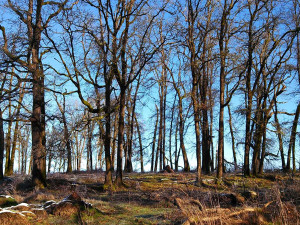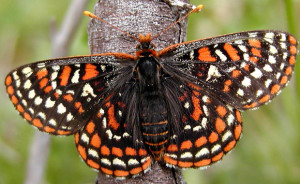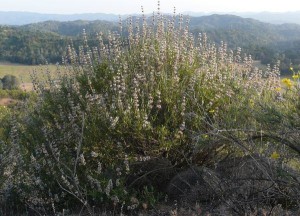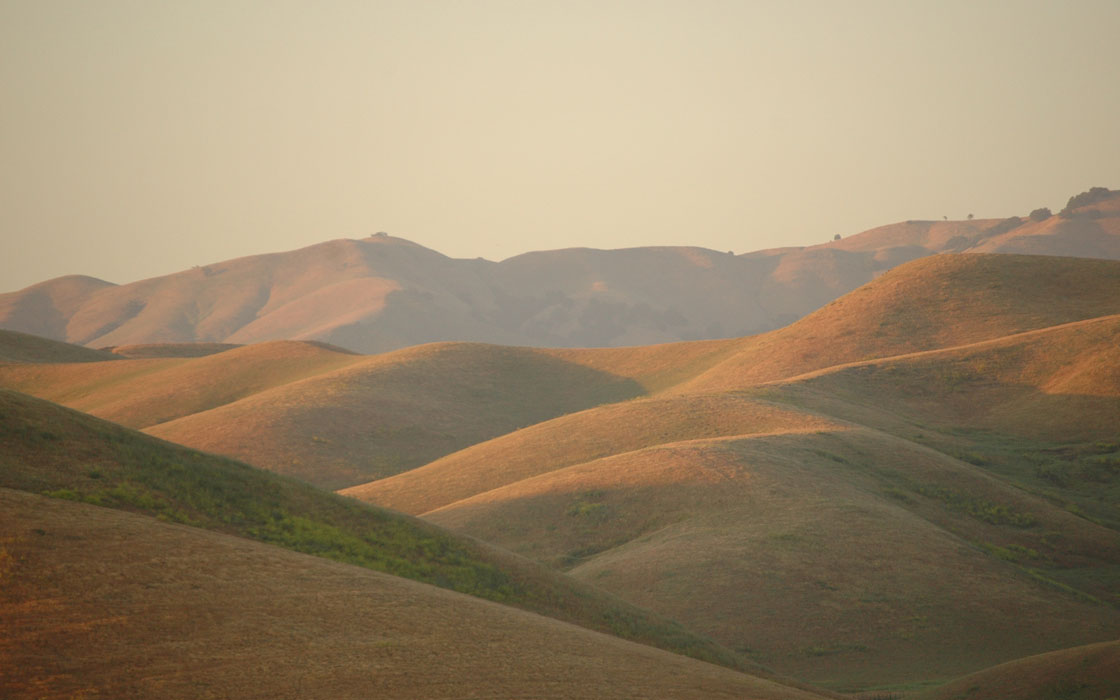
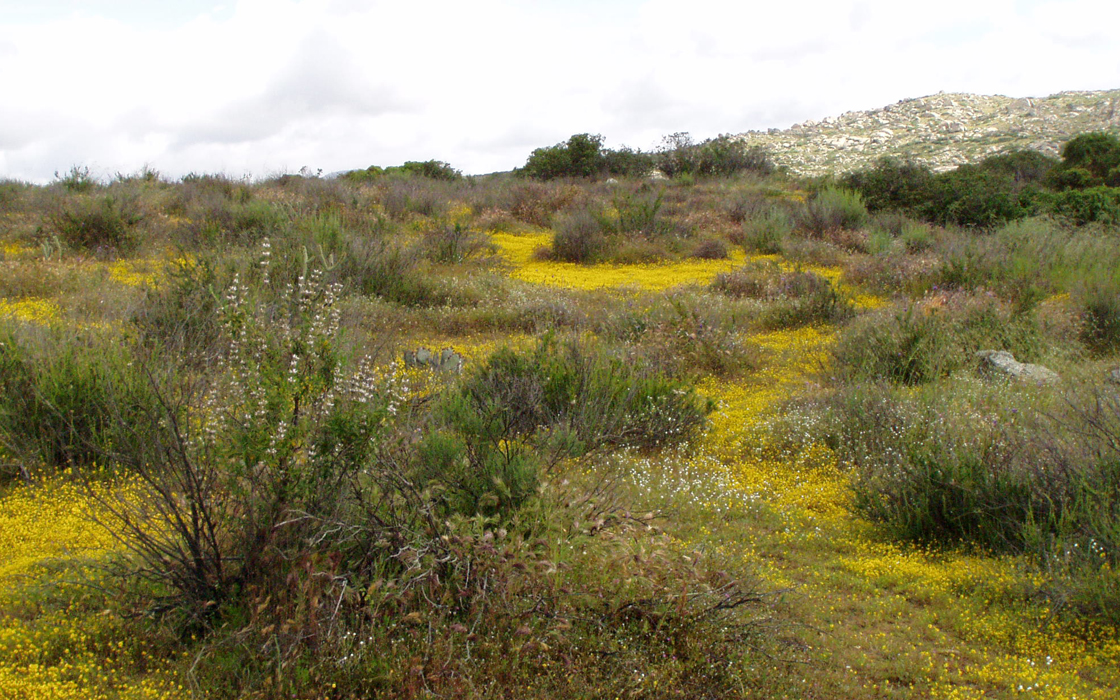
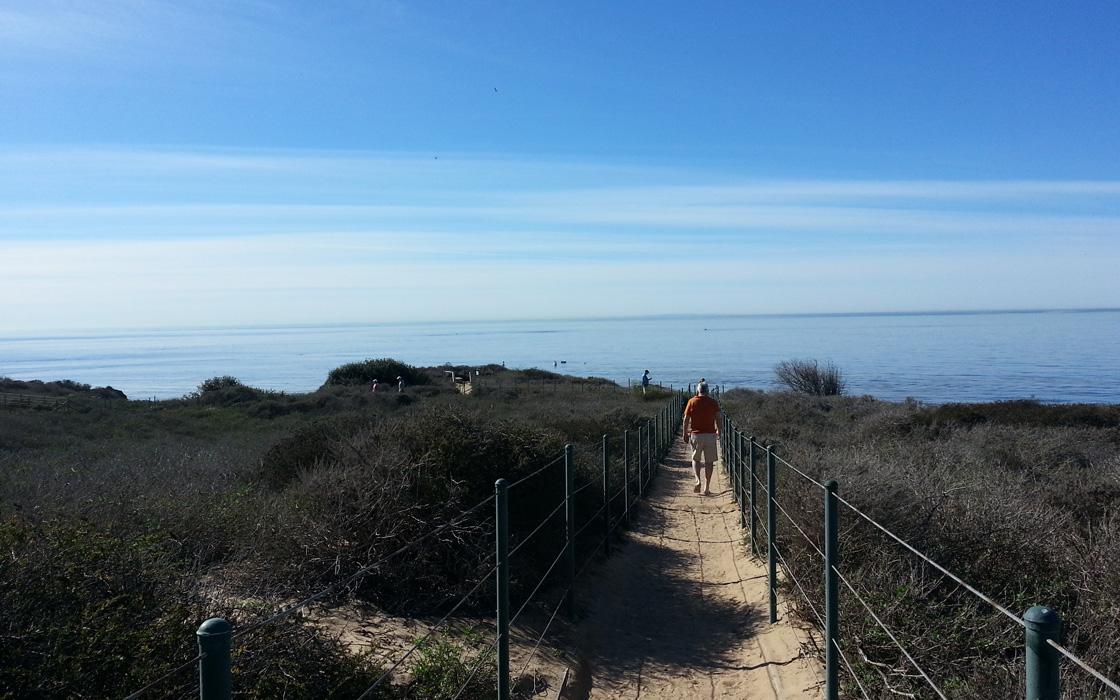






Washington
Pacific Northwest Prairie and Oak Habitats
One of the rarest ecosystems in the country, these grass and wildflower dominated landscapes provide habitat for the federally-endangered Taylor’s Checkerspot (Euphydryas editha taylori), federally-threatened Golden paintbrush (Castilleja levisecta) as well as more common species such as native bunchgrasses, western meadowlark (Sturnelia neglecta), and a large suite of prairie and oak associated butterflies. In Washington, these landscapes were created by retreating glaciers 15,000 years ago, which left behind gravelly soils that dried out quickly during summer droughts. This habitat type can be found on CNLM’s Violet Prairie-Scatter Creek Preserve.
The North Pacific Herbaceous Bald and Bluff
This is an ecological system of small, grassland and herbaceous-dominated habitat patches, which occur on steep, hilly terrain in low- to mid-montane elevations from eastern Vancouver Island to the southern Willamette Valley and can be found within CNLM’s Dan Kelly Ridge Preserve in Clallam County, Washington. Shallow soils, steep terrain, and dry summers limit the establishment of trees within this grassland community. Seeps and rock outcrops within balds are also frequent features of this habitat. Species that occur in this habitat type include the federally-endangered Taylor’s checkerspot butterfly (Euphydryas editha taylori). View Dan Kelly Ridge Preserve
California
Coastal Sage Scrub
This formerly common but now rare plant community is found on several CNLM preserves, including Dana Point. Also known as Diegan coastal sage scrub, this is one of the communities within the coastal Mediterranean ecosystem and experiences milder winter and less extreme summer temperatures than further inland. Some of the more common plant species within this community are California sagebrush (Artemisia californica), black sage (Salvia mellifera), white sage (Salvia apiana), and California buckwheat (Eriogonum fasciculatum). Two federal-endangered species that occur in this habitat include the Pacific pocket mouse (Perognathus longimembris pacificus) and the coastal California gnatcatcher (Polioptila californica californica). View Dana Point Preserve
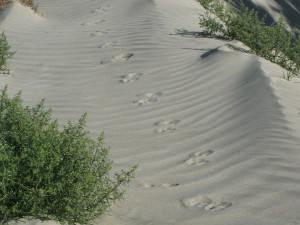
Desert Sand Dunes
This vegetative community is located in exposed areas on the valley floor where persistent high winds convey sand throughout the valley. This continually-shifting sand forms a complex of dunes and blow-sand fields that support a variety of native desert species including the federal-endangered Coachella valley milk-vetch (Astragalus lentiginosus var. coachellae) and the federal-threatened Coachella Valley fringe-toed lizard (Uma inornata). Only a fraction of these once-abundant desert dunes exist today. Most remaining viable dunes are contained in the Coachella Valley Preserve system and can be found on CNLM’s Thousand Palms Oasis Preserve.
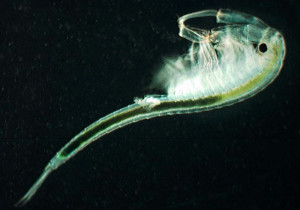
Vernal pools
Vernal pools are found throughout California [San Diego County north to Modoc and Siskiyou Counties] and occur on many CNLM preserves, including Pixley, Michael Remy, Skunk Hollow, and Johnson Ranch in Tulare, Solano, and Riverside Counties. These seasonal wetlands develop in shallow depressions where an impermeable layer of hardpan or rock beneath the soil prevents water from draining. Rain collects in the pools during winter and as the water evaporates though the spring, concentric bands of wildflowers colorfully encircle the receding shoreline of the drying pool. These temporary wetland habitats support a rich diversity of flora and fauna, including the federal-threatened vernal pool fairy shrimp (Branchinecta lynchi) and the federal-endangered Riverside fairy shrimp (Streptocephalus wootoni).
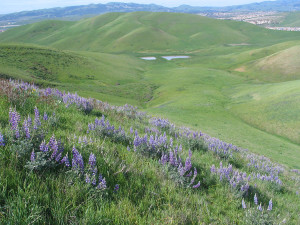
Freshwater Aquatic / Wetland
Freshwater aquatic habitats include rivers, streams, springs, seeps, ponds, lakes, and marshes. These habitats typically contain water year-round and may occur in association with any terrestrial habitats. Depending on the characteristics of a particular habitat (e.g. temperature, depth, velocity) this community may include submersed aquatic vegetation, emergent vegetation growing along banks or edges, or duckweed floating on the surface. This habitat type supports a wide variety of plants and animals including the federal-threatened California-red-legged frog (Rana draytonii), and can be found on CNLM’s Windemere Ranch Preserve in Contra Costa County, California.


